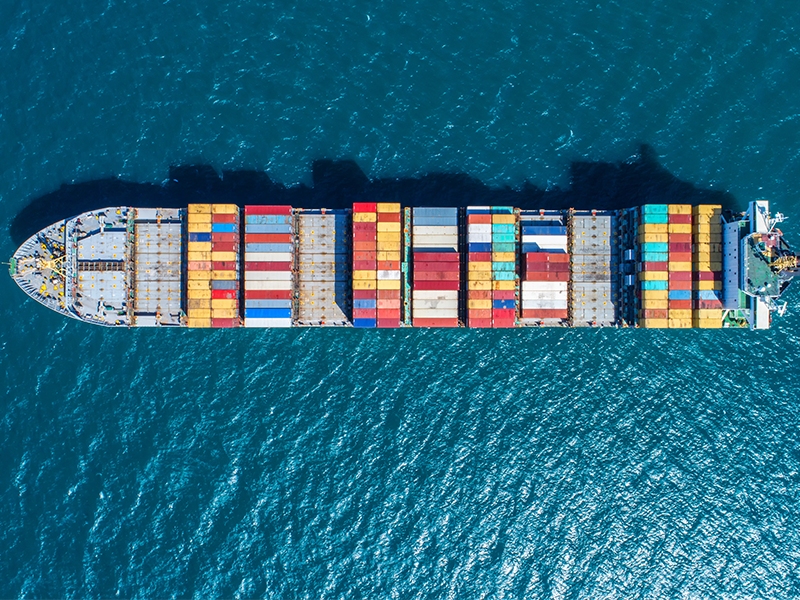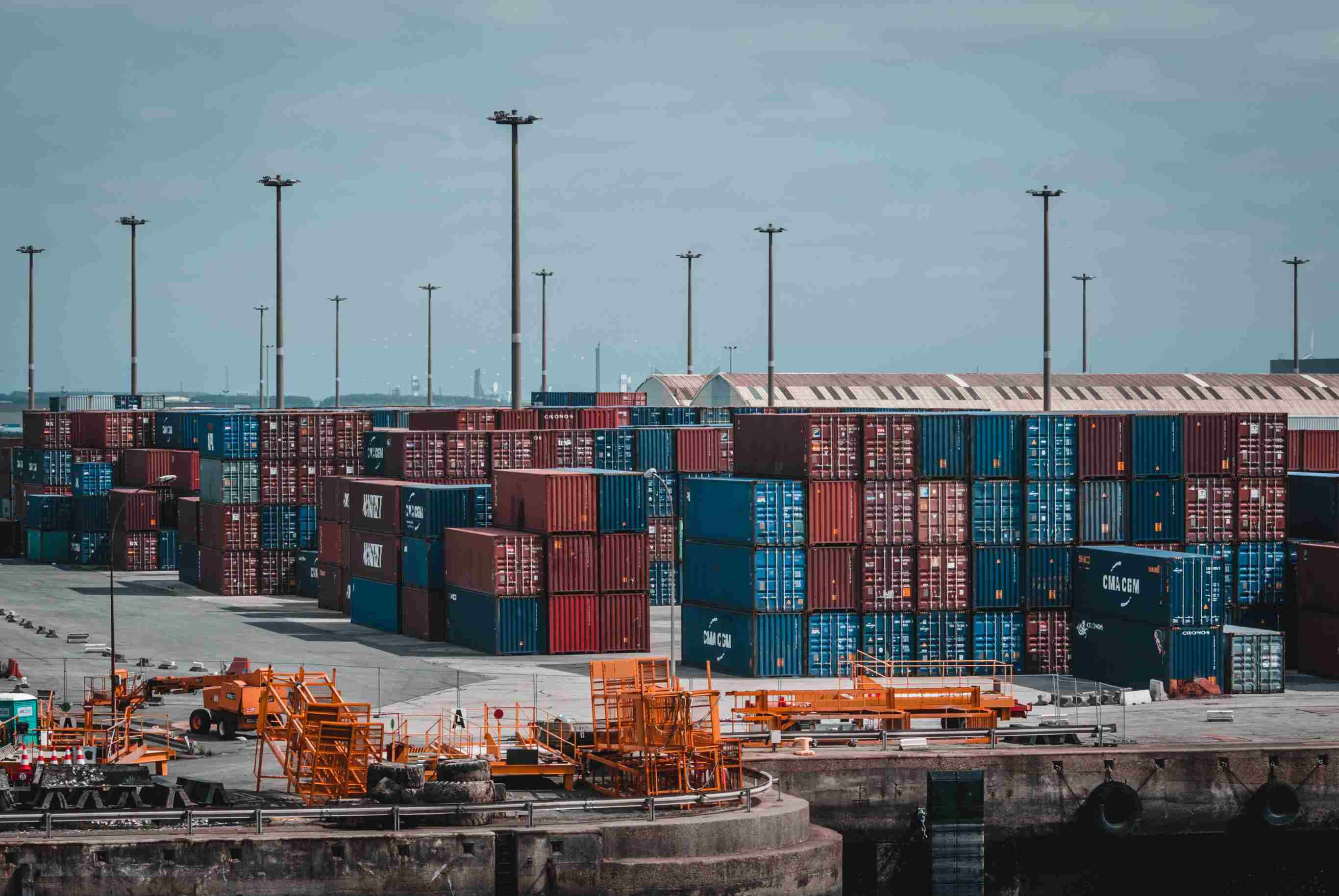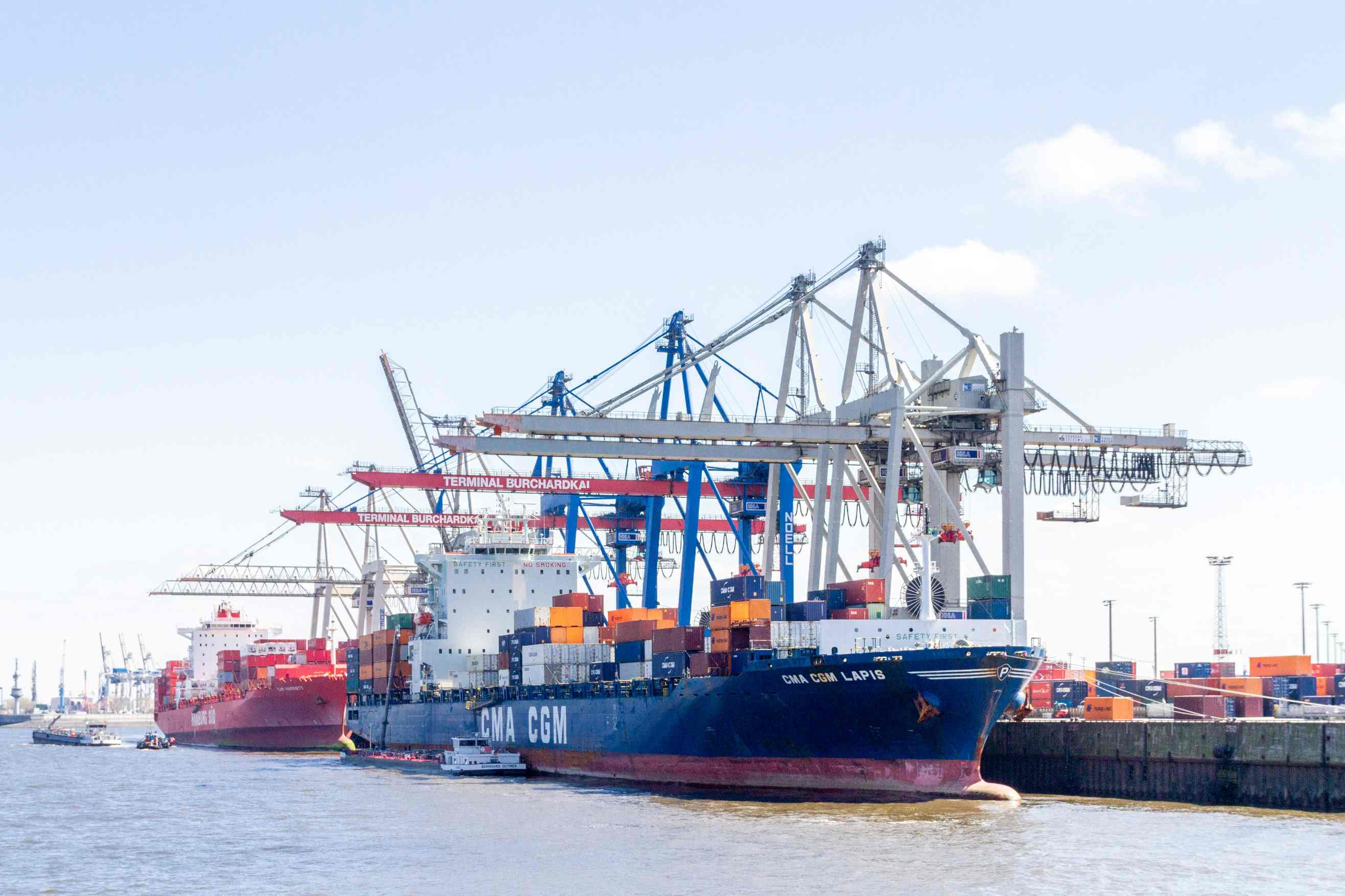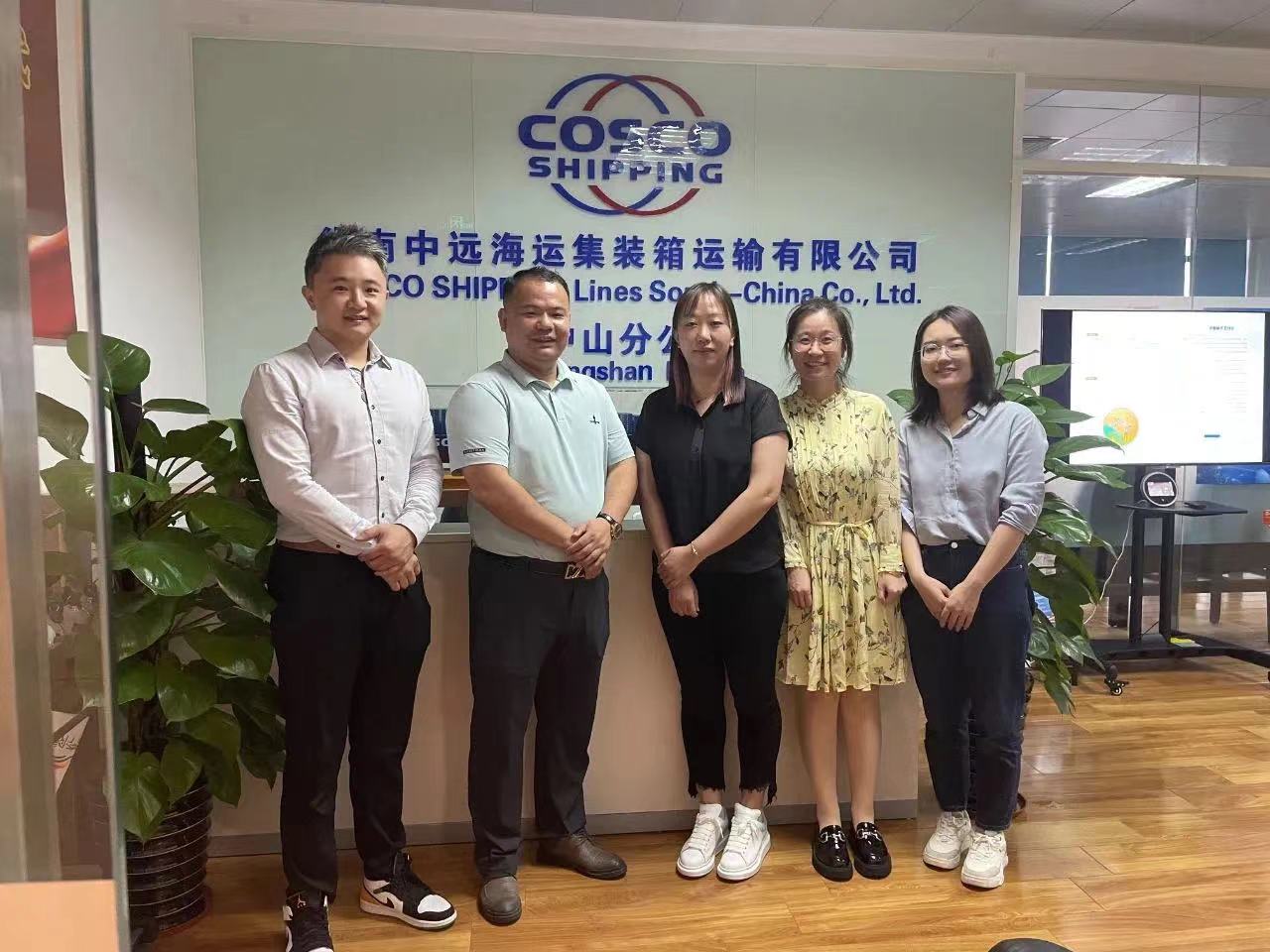How to Ship from China to Germany --- A Complete Guide for Importers & Freight Buyers in 2025
Shipping goods from China to Germany is one of the most common and important trade routes in global logistics. Whether you’re a distributor, sourcing manager, or cross-border seller, you’re likely asking, “How much does shipping cost from China to Germany?” and “How long will it take?” and “Which method should I use—sea, air or rail?”
If you’re asking those questions, you’re in the right place.
In this guide, we’ll walk you through the key international shipping options from China to Germany. That includes FCL and LCL sea freight, air shipping for urgent goods, and China-Europe rail for a balance of time and cost. You’ll also discover typical transit times, price ranges, customs documents, and case examples—all powered by HaiYuan Logistics, a trusted Shenzhen-based freight forwarder with over 10 years of international expertise.
Contents:
- What Are Your Shipping Options from China to Germany
- How Much Does It Cost to Ship to Germany
- What Documents Are Required
- Sample Use Cases—By Industry & Mode
- Why Choose HaiYuan Logistics
- Frequently Asked Questions
What Are Your Shipping Options from China to Germany
Depending on your cargo size, urgency, and budget, you have four main options when shipping to Germany:
- FCL (Full Container Load): Ideal for bulk shipments (15–25 CBM or more). You pay for exclusive container space and benefit from lower cost per unit.
- LCL (Less than Container Load): For smaller volumes, your cargo is consolidated with other shippers—efficient when shipping 1–12 CBM.
- Air Freight: The Fastest method (3–7 days), mainly used for high-value goods or time-sensitive shipments (e.g., electronics, medical kits).
- China-Europe Railway Freight: Transit in 18–22 days. Faster than sea, cheaper than air. Great for medium-sized shipments with moderate urgency, especially during port congestion.
Typical Transit Time Comparison Table:
|
Mode |
Transit Time |
Departure Ports in China |
Arrival in Germany |
|
FCL Sea |
28–38 Days |
Shenzhen, Ningbo, Qingdao |
Hamburg, Bremerhaven |
|
LCL Sea |
32–45 Days |
Shenzhen, Shanghai, Ningbo |
Hamburg, Rotterdam, Antwerp |
|
Air Freight |
3–7 Days |
PVG, SZX, CAN |
Frankfurt (FRA), Leipzig (LEJ) |
|
Rail Freight |
18–22 Days |
Xi'an, Zhengzhou, Chongqing |
Duisburg, Hamburg, Munich |
How Much Does It Cost to Ship to Germany
Many buyers ask, “What’s the cheapest way to ship from China to Germany?” That depends on multiple variables:
- Shipping mode (FCL/LCL/air/rail)
- Cargo volume & weight
- Origin/port in China
- German delivery address
- Requirement for DDP or customs service
Sample Cost Table (Reference Range):
|
Mode Type |
Charge Basis |
Estimated Cost (USD) |
|
FCL 20 ft |
Full container |
$1,200–$2,000 |
|
FCL 40 ft |
Full container |
$2,000 – $3,800 |
|
LCL |
Per CBM + Fees |
$80–$150 per CBM |
|
Air Freight |
Cost per kg |
$4.5 – $10.0 (chargeable weight) |
|
Rail Freight |
Project-based pricing |
Typically $250–$400/ton |
Other charges may include:
- Port surcharge & handling
- Customs declaration fees
- Last-mile truck delivery (optional)
- VAT and duties (if DDP service requested)
HaiYuan Logistics helps balance price and time through efficient routing and direct access to weekly sailings and rail departures.
What Documents Are Required
Shipping internationally means dealing with cross-border customs. Missing documentation can cause costly delays. Here’s what you need:
Export from China:
- Commercial Invoice
- Packing List
- Export Declaration
- Accurate HS Codes (for duty classification)
Import into Germany (EU):
- EORI Registration (mandatory for importers)
- CE/RoHS/WEEE Certificates (for electronics/machinery)
- VAT ID if acting as importer of record
- Correct declared value & incoterm in invoice
HaiYuan provides end-to-end customs assistance and works with local German agents to complete import filings properly.
Sample Use Cases—By Industry & Mode
To help you visualize how clients ship to Germany, here are examples HaiYuan supports regularly:
- Electronics Seller (Air Freight):
Shipping bluetooth speakers from Shenzhen to Frankfurt airport. Airline handling & customs clearance in 4 days.
- Machinery Importer (FCL Sea + DDP):
Heavy conveyor components from Ningbo to Hamburg by 40ft FCL. Full customs and door delivery included.
- Amazon FBA Seller (Rail + Truck):
Yiwu to Duisburg via rail → consolidated truck delivery to Leipzig FBA warehouse.
Result: Reduced cost by 35% vs. air freight with a 15-day lead time. Optimal balance for replenishment.
Why Choose HaiYuan Logistics
With over a decade in international freight forwarding, HaiYuan combines local strength with global reach.
Key facts:
- NVOCC certified – MOC-NV06770
- Hundreds of containers consolidated monthly
- Rail freight access across 10+ China cities
- Dedicated in-house customs team
- Specialists in FBA, DDP, warehousing & labeling
- ISO9001 certified and honored as “Trustworthy Enterprise” in Guangdong
Unlike general freight platforms, HaiYuan offers tailored service, multi-language support, and one-click quoting with human response.
Frequently Asked Questions
Q1: How long does shipping from China to Germany take?
A1: Transit time depends on the shipping method:
FCL sea freight: 28–38 days
LCL sea freight: 32–45 days (allow time for consolidation)
Air freight: 3–7 days
Rail freight: 18–22 days
Shipping during peak season or holidays might lead to slight delays.
Q2: What is the most cost-effective way to ship goods to Germany?
A2: For large-volume shipments (20+ CBM), FCL is the most economical per unit. For small cargo (1–12 CBM), LCL is efficient. If time is critical and volume is small, consider consolidated air freight.
Q3: Can HaiYuan handle DDP shipping to Germany?
A3: Yes. HaiYuan offers DDP (Delivered Duty Paid) service, including China export, shipping, customs clearing in Germany, VAT prepayment and final-mile delivery—ideal for buyers who want an all-in cost.
Q4: What’s the minimum volume for LCL shipping from China to Germany?
A4: HaiYuan starts LCL services from as little as 1 CBM. For volume under 0.5 CBM, consider grouping with other SKUs or use express services for better efficiency.






